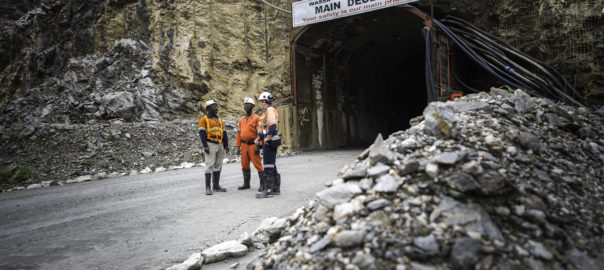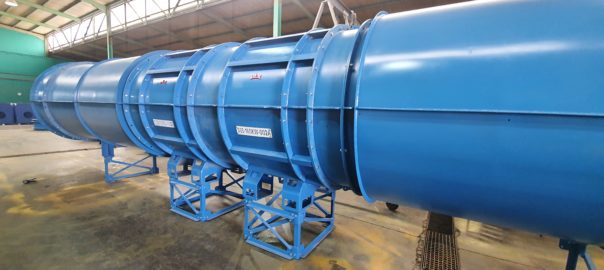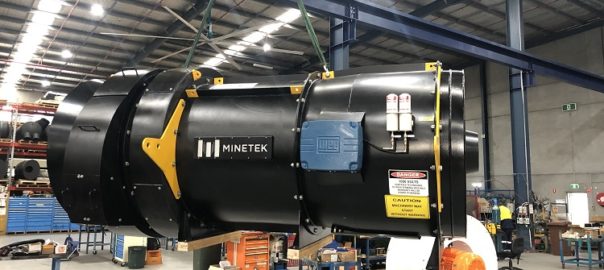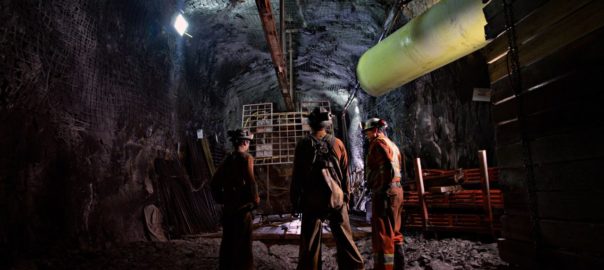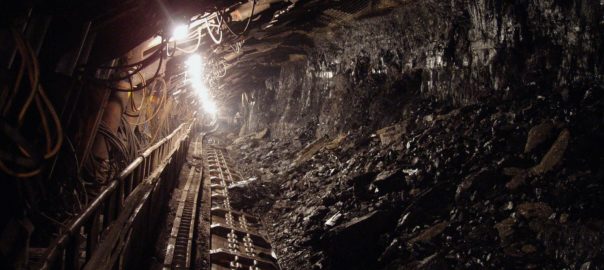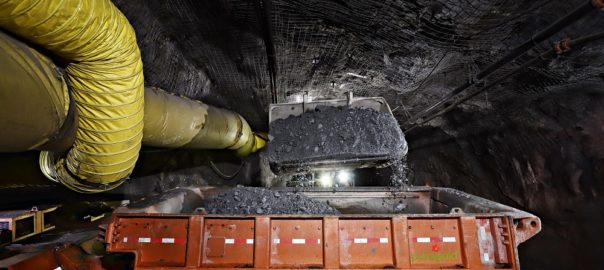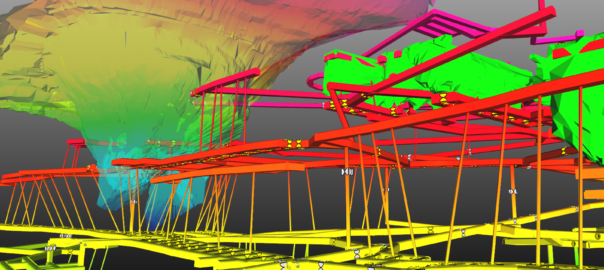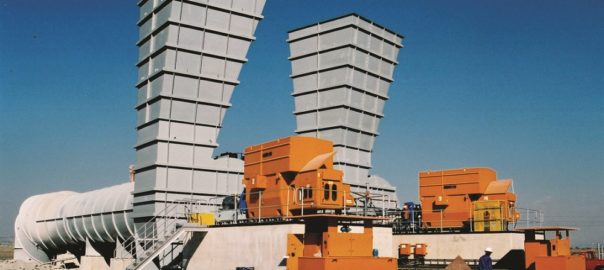A preliminary economic assessment (PEA) on the potential expansion of Golden Star Resources’ Wassa gold mine in Ghana has flagged the potential for applying alternative underground haulage methods, and autonomous and battery-electric equipment at the operation.
The PEA provides an assessment of the development of the Southern Extension of Wassa and the increase in mining rates to fully use available process plant capacity. While the study itself represents a conservative plan that excludes exploration opportunities from the scope and adopts the current mining practices and equipment, the “opportunities” section of the technical report outlines some more innovative approaches to expanding mining rates and filling the plant capacity.
Wassa, which Golden Star owns 90% of, produced 168,000 oz of gold in 2020 using the sub-level longhole open stoping method.
The PEA is focused on the development of the large inferred mineral resource (just over 7 Moz) which comprises the Southern Extension zone. Around 50% of the total resource was included in the PEA inventory, which showed off a life of mine of 11 years, with total gold production of 3.5 Moz. Average annual gold production of 294,000 oz represented an approximate 75% increase on the current production rate.
The mine plan considers a production rate targeting the processing capacity, at or close to 2.7 Mt/y run-of-mine material, after a five-year ramp-up period. The plant has previously operated at these rates with feed from both Wassa and the Bogoso-Prestea operation (since sold).
Mining would be by underground trackless decline access (1:7 gradient), with access from duplicate access ramps and independent ventilation infrastructure on each side of the deposit to support the increased mining rate and provide efficient access across the mineralised footprint (circa-850 m along circa-300 m across strike). Truck haulage will utilise the dual access ramps.
The mining method proposed for the expansion is bottom-up long hole open stoping with 25 m level spacing and nominal stope sizes of 25 m length x 30 m width x 25-100 m height with cemented paste backfill. Stopes will be mined in a primary-secondary sequence down to around 1,000 m depth, transitioning to pillarless retreat below that point to account for increasing in-situ stress, which will need to be further investigated in future work.
The PEA assumes average recovery of 94.8%, which is supported by current plant performance and metallurgical test work on a small number of samples that suggest processing performance for the Southern Extension feed will be similar to material currently treated. This will be evaluated in the next phase of work.
Capital expenditure is expected to total around $790 million over the life of the PEA mine plan. Of this total, 29% is growth capital and 71% is sustaining capital. The PEA mining method relies on paste fill, with Golden Star confirming the paste fill plant was constructed in 2020 and commissioning is expected to be finalised this quarter. Capital has been allowed for an expansion of the paste fill system in the PEA mine plan.
Based on a $1,300/oz gold price, the expansion project is expected to generate a post-tax net present value (5% discount) of $452.2 million.
So far, so conventional…
The company said it planned to complete option and trade-off studies to optimise the project plan ahead of a feasibility study on the expansion, due in early 2023.
Just some of the innovations being considered in these trade-off studies include the use of automation, electrification and alternative haulage.
In terms of increasing machine productivity through technology, the study listed off the potential use of semi- or fully-autonomous vehicles to increase shift operating time and remove operators from hazardous areas. It said the highest likelihood applications were in production drilling and drawpoint loading.
Golden Star confirmed current projects included in its in-development technology roadmap were the introduction of tele-remote loading and digitalisation of production data.
In terms of haulage infrastructure opportunities, Golden Star said it was considering the replacement of truck haulage with an infrastructure system like shaft hoisting, conveyor, or Rail-Veyor. The capital demand for such options would be offset by a large reduction in operating costs with automated systems, reduced diesel consumption and reduced ventilation demand, it noted.
These haulage options were being studied to design different systems, estimate capital and operating costs, then complete a trade-off analysis, the company said.
The current mine design assumes loaders digging from open passes to load trucks, but Golden Star said feeder systems could be installed to automate loading, increasing efficiency and reducing operating costs.
And, of course, the company said it was considering options for clean energy technology applications, particularly battery-electric trucks. As part of this, it was assessing available systems and developing fleet selection criteria. This will have knock-on benefits to the mine’s ventilation requirements.







